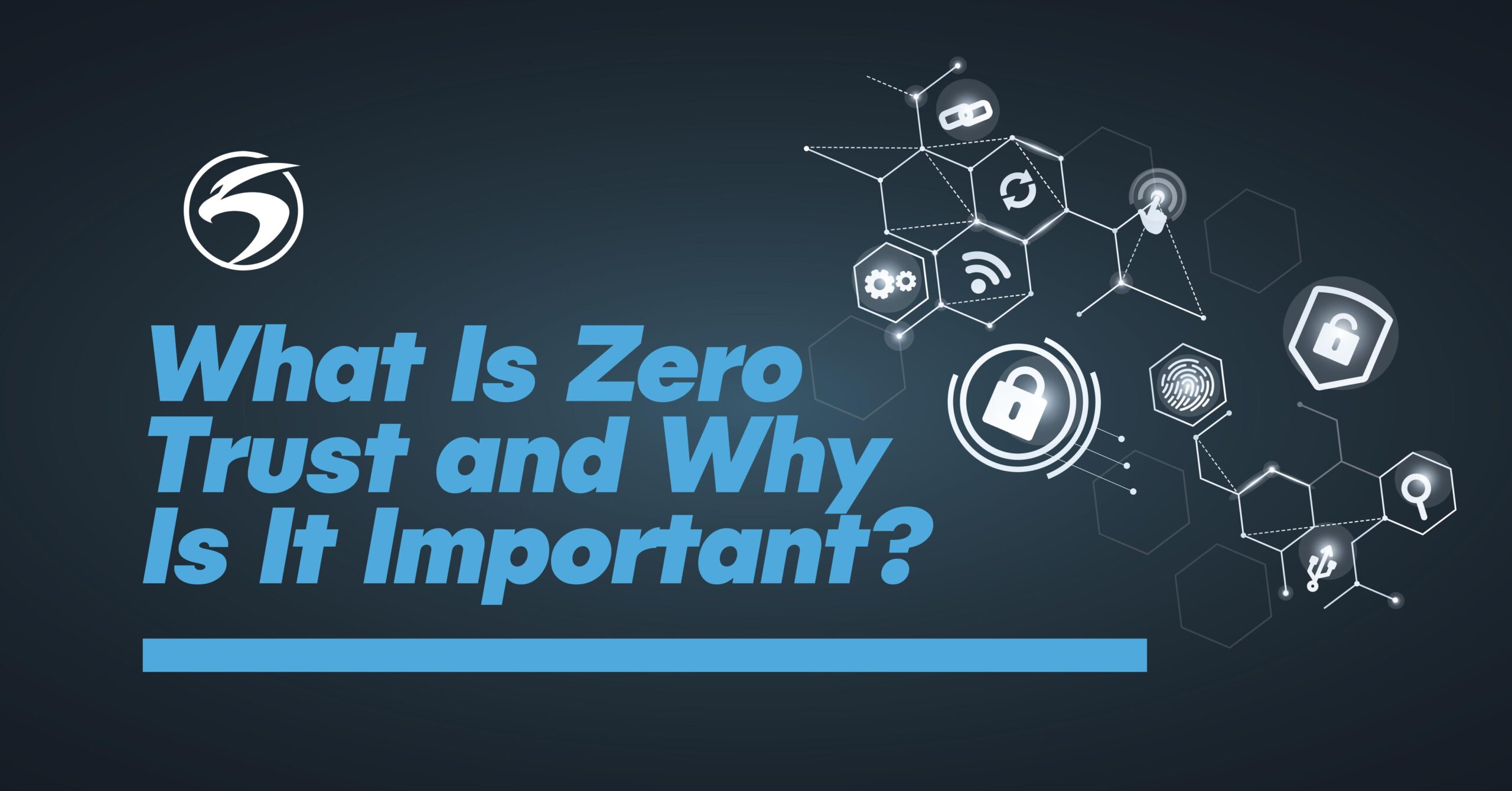Outbound marketing involves proactive outreach to potential customers through channels such as television commercials, print advertisements, cold calls, and direct mail. Unlike inbound marketing, which attracts customers through content and engagement, outbound marketing delivers messages directly to a broad audience, aiming to generate immediate interest.
The Evolution and Persistence of Outbound Marketing
While some traditional outbound methods have declined in effectiveness, many have evolved to complement digital strategies:
-
Cold Calling: Modern cold calling leverages data analytics to target prospects more precisely, enhancing conversion rates.
-
Direct Mail: Personalized direct mail campaigns have seen a resurgence, offering tangible value that digital communications often lack.
-
Trade Shows and Events: These in-person engagements provide opportunities for direct interaction, fostering relationships that digital methods may not fully replicate.
Alyce’s successful campaign, which combined personalized gifting with virtual events, exemplifies the innovative application of outbound techniques in the digital age.
The Integral Role of Sales Representatives
Sales representatives are at the forefront of outbound marketing efforts, employing strategies such as:
-
Cold Outreach: Initiating contact with potential clients through calls or emails to introduce products or services.
-
Follow-Up Communications: Engaging with leads generated from marketing campaigns to nurture relationships and drive conversions.
-
Networking: Participating in industry events to connect with prospects and expand professional networks.
These activities highlight the enduring importance of human interaction in the sales process, even as automation becomes more prevalent.
Outbound Marketing in Large Corporations
Major corporations continue to invest in outbound marketing strategies:
-
Paid Advertising: Companies allocate substantial budgets to television and online ads to maintain brand visibility.
-
Direct Sales Teams: Dedicated teams focus on reaching out to potential clients, underscoring the value placed on outbound efforts.
The Wall Street Journal reports that the advertising industry is undergoing a significant transformation, with traditional focus on creativity being overshadowed by data and technology, particularly with the rise of AI. This shift is evident in the recent $30 billion merger between Omnicom Group and Interpublic Group, reflecting the industry’s adaptation to challenges posed by tech giants like Meta and Google.
Integrating Outbound with Inbound Marketing
A balanced marketing strategy leverages both outbound and inbound methods:
-
Content Marketing: Creating valuable content to attract and engage an audience.
-
Social Media Engagement: Interacting with customers on platforms to build relationships and brand loyalty.
-
Search Engine Optimization (SEO): Optimizing online content to rank higher in search engine results, increasing visibility.
Combining these with outbound tactics ensures a comprehensive approach to market reach and customer acquisition.
Outbound marketing remains a crucial element of effective marketing strategies, continually adapting to technological advancements and changing consumer behaviors. By integrating traditional methods with modern digital techniques, businesses can enhance their outreach and engagement efforts, ensuring sustained growth and success.



